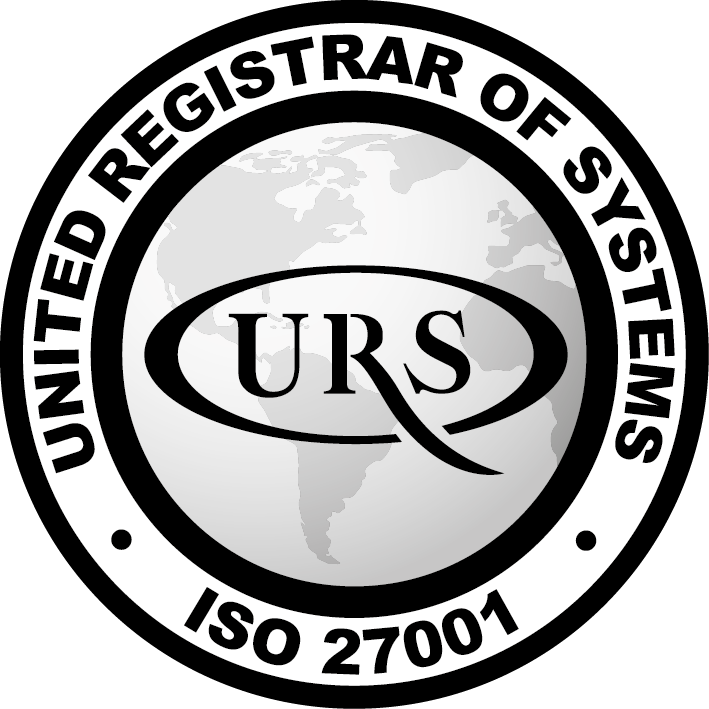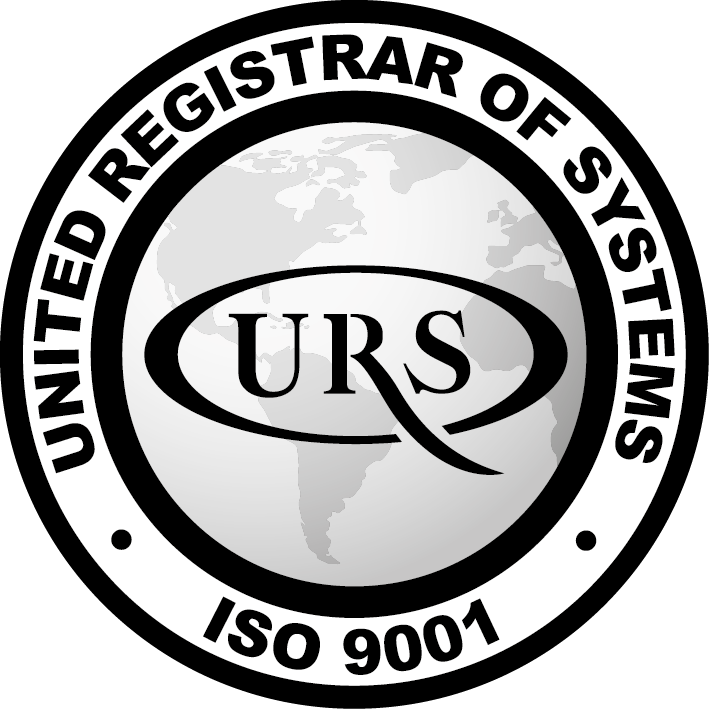Scaling infrastructure for large-scale projects. Practical insights for DevOps success

Scalability refers to your infrastructure's capacity to meet increased usage demands. Attaining good infrastructure scalability is a key priority for DevOps teams because it means your services are resilient to growth in user activity.
Scalability is often thought of as a performance issue, but it's actually much more complicated. It also impacts on your cloud costs, compliance posture, and overall DevOps throughput. In this article, we're going to look at the challenges that affect scalability, then discuss practical strategies for successfully scaling your infrastructure.
What is Infrastructure Scalability?
Infrastructure scalability describes the extent to which you can maintain service performance, reliability, and cost efficiency when demand increases. You have scalable infrastructure if you can easily add new resources to cope with changing usage. Similarly, you should be able to safely remove underutilized components to reduce costs during quieter periods.
Scalable infrastructure improves the user experience by reducing latency, errors, and downtime. This supports key business outcomes such as user onboarding and retention rates. You can keep serving traffic normally even during times of exceptional load, such as after you launch a new sale or product.
Infrastructure scalability also makes the DevOps lifecycle more efficient. For instance, automating scaling operations means there's fewer manual tasks for infrastructure operators to deal with. Teams can stay focused on building new features, instead of dealing with incidents each time demand spikes.
The Challenges with Scaling DevOps Infrastructure
Scaling DevOps infrastructure presents several practical challenges. You need to invest some initial work upfront to implement cost-efficient DevOps scaling workflows that stay effective as you grow. Some of the most common scalability problems include:
- Complex or time-consuming infrastructure provisioning processes: Workflows that take too long to run can prevent you from applying scaling changes when they're most needed.
- Inability to achieve expected performance improvements: Poorly designed infrastructure architectures may not perform as expected when scaled up. This increases operating cost without benefitting users.
- Unexpected cost overruns: Scaling up may incur unforeseen cloud costs that destabilize your operations.
- Failure to scale back down or remove old resources: Ineffective downscaling processes can cause resources to be retained after they're no longer needed. These unnecessarily increase costs and pose security risks if unmaintained.
- Ineffective infrastructure governance controls: Missing security and compliance policies increase the risk of vulnerabilities and misconfigurations at scale.
- Ongoing dependency on DevOps team members: Applying scaling changes often requires manual action from skilled DevOps team members. This creates a dependency on specific individuals, delaying how quickly you can resize your resources.
To move past these roadblocks, scalability must be approached as one part of a broader infrastructure management strategy. Following cloud automation and DevOps best practices simplifies provisioning, configuration, and governance workflows. This improves scalability by giving you one consistent process to manage all aspects of your infrastructure.
How to Make DevOps Infrastructure More Scalable
Building scalable infrastructure starts with your DevOps tools and processes. It must be quick, easy, and safe to apply infrastructure scaling changes.
Let's look at eight top techniques for making infrastructure more scalable with modern DevOps practices.
1. Automate all Infrastructure Workflows Using IaC
Using Infrastructure as Code (IaC) to configure your cloud resources provides the basic foundation for infrastructure scalability. Tools like Terraform and Pulumi let you use versioned code files to declare how your infrastructure should be configured.
For example, you could use Terraform to configure an AWS EKS cluster that contains three Nodes. If you later need to scale up, you can update your Terraform code to specify a new Node count. Terraform will then apply the changes to your infrastructure, eliminating manual interactions with cloud provider dashboards.
IaC must be automated to unlock its full potential. Combining IaC with a CI/CD solution allows you to apply scaling changes as soon as IaC files are committed to your repository. It lets you scale infrastructure fast and consistently, making it less likely that errors will occur.
2. Adopt GitOps-Based Deployment Strategies
GitOps is the practice of automatically configuring apps and infrastructure based on Git repository states. It works with IaC and CI/CD to remove manual tasks from infrastructure management processes.
With a GitOps solution, your infrastructure's state will always match the IaC files in your Git repository. It's possible to implement IaC without GitOps, such as when developers manually run IaC tools, but this is clunky and more error-prone.
GitOps makes infrastructure scalable by ensuring your IaC files are the single source of truth for your project. Beyond the automation benefits of IaC, GitOps guarantees there's one place to inspect your infrastructure's state and apply any required changes. This helps prevent the confusion and conflicts that can occur when scaling large environments.
3. Choose Modern CI/CD Platforms Designed for Infrastructure Management
Continuous Integration and Continuous Delivery (CI/CD) tools handle the process of delivering infrastructure changes to your environments. However, traditional CI/CD solutions like GitHub Actions and Jenkins are designed for applications, not infrastructure. They're challenging to use for stateful IaC pipelines at scale.
Using a platform that's specifically designed for infrastructure management—such as Spacelift, Env0, or Terraform Cloud—removes complexity and makes it possible to fully automate Infrastructure as Code for large-scale projects. These tools implement GitOps methodology to connect directly to your repositories, then automatically run your IaC tools as you commit changes. They make your infrastructure processes manageable at scale, ensuring you can meet the demands of growth.
4. Enable Infrastructure Auto-Scaling Features
Activating cloud provider auto-scaling features is one of the simplest ways to improve scalability. Auto-scaling dynamically provisions new infrastructure resources based on utilization, letting you react to changing demand in real-time. The autoscaler works to maintain a consistent balance of performance and cost-efficiency, with resources scaling back down again as load subsides.
Auto-scaling is normally found in managed server platforms, serverless systems, and for networking components like load balancers. It's one of the most popular Kubernetes scaling strategies too: you can configure most cloud Kubernetes clusters to scale both horizontally and vertically.
5. Implement Policy-as-Code Governance Controls
Effective governance controls play a key role in infrastructure scalability. Larger infrastructure architectures that use multi-cloud scaling strategies are generally more complicated to govern without the right tools.
Implementing a Policy-as-Code engine such as Open Policy Agent (OPA), Hashicorp Sentinel, or Pulumi CrossGuard lets you write and test expressive policies using GitOps-based methods. Integrating policy checks with your CI/CD pipelines then ensures continual compliance at scale. You'll be less likely to encounter a breach or have to wait for time-consuming manual approvals before scaling changes apply. Leading IaC orchestration platforms like Spacelift and Env0 include built-in Policy-as-Code support.
6. Detect Misconfigurations with Automated Drift Detection Scans
Drift is one of the most common infrastructure management challenges at scale. It occurs when the infrastructure resources in your cloud accounts no longer match the IaC configs in your Git repositories. These misconfigurations often cause performance and security problems.
Scheduled drift detection scans automate the process of finding and fixing drift. These capabilities can be found in IaC management platforms like Spacelift and Terraform Cloud. They mitigate the damaging effects of drift so you can operate large environments reliably. Automating drift detection means DevOps teams don't need to manually check for discrepancies, a task that quickly becomes unsustainable at scale.
7. Build Seamless Disaster Recovery and Failover Systems
Infrastructure operations won't always go smoothly, so it's crucial to build reliable disaster recovery and failover systems. These mechanisms support scalability by ensuring you have a fallback option available if scaling changes fail or trigger unexpected problems.
Failovers can be built into your broader infrastructure management plan. For instance, using multi-cloud scaling strategies can help you avoid single points of failure. Mirroring critical infrastructure components across multiple clouds allows you to dynamically reroute traffic if a problem occurs with one provider. You should also implement robust IaC rollback processes so you can quickly revert changes applied to your infrastructure, even if they've affected many distributed components.
8. Configure Cloud Cost Monitoring and Alerting Tools
Scaling infrastructure inevitably impacts costs, but you can mitigate the effects through correct use of cost monitoring and alerting solutions. Infrastructure management platforms including Env0 and Kubecost for Kubernetes provide real-time insights into your total bill across all connecting cloud environments. Configuring budgets and overage alerts lets you accurately track your spend as you scale, preventing nasty surprises when your billing period ends.
Cost-efficient DevOps scaling also depends on taking proactive action to rightsize your infrastructure and reduce waste. You need clear visibility into your environments so you can identify redundant and over-provisioned resources. Cost management solutions also help out here by providing automated rightsizing suggestions, such as downsizing an expensive compute instance that’s currently underutilized.
Case Studies: Infrastructure Scaling Success Stories
The tips we've shared above represent a high-level outline of how to make infrastructure scalability improvements. But there's plenty of success stories that prove this strategy really works.
Semantive helped energy producer Axpo avoid labor-intensive manual GCP cloud management using Terraform, for example, and guided a global fintech company to scale to over 500 infrastructure deployments per day with Spacelift. Case studies published by Spacelift and Env0 also independently highlight several examples of DevOps teams that have combined time savings, cost reductions, and infrastructure reliability improvements using automated IaC.
The evidence is clear: infrastructure scalability depends on modern management platforms that blend IaC, GitOps, and CI/CD to make cloud operations more efficient. You can then effectively provision infrastructure, enable auto-scaling, and configure drift detection scans and governance policies.
Summary
Scaling infrastructure to meet the demands of large-scale projects is no easy task. Basic attempts to improve scalability often fail due to complicated processes, high costs, or missing management controls. These hindrances shouldn't deter you on your journey to scalable infrastructure, however: correct use of cloud auto-scaling features, IaC, and new-generation management platforms like Spacelift, Env0, and Terraform Cloud allows you to confidently scale up and simplify your DevOps operations.
Designing infrastructure for scalability from day one is the best way to prevent problems as you grow. Book a cloud optimization planning meeting with our experts at Semantive to discuss your infrastructure scaling challenges. We'll help you implement an actionable strategy using IaC automation and DevOps best practices.
More Articles
Our team of experts is ready to partner with you to drive innovation, accelerate business growth, and achieve tangible results.
If you’re wondering how to make IT work for your business
let us know to schedule a call with our sales representative.















